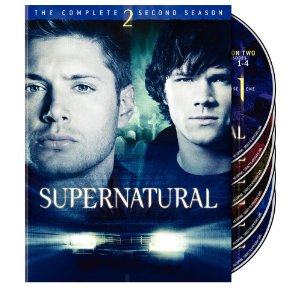War, Peace, and Fantasy
 In one of my first posts here, I mentioned that I was hoping to figure out what it is, exactly, that I like about fantasy fiction; what it is I get from fantasy that I get nowhere else.
In one of my first posts here, I mentioned that I was hoping to figure out what it is, exactly, that I like about fantasy fiction; what it is I get from fantasy that I get nowhere else.
I found myself thinking about that question a fair bit over the past couple of weeks. I was reading a 1500-page novel about a world-shaking clash of armies, a prose epic whose subjects ranged from the politics of high society to battles shaped by cavalry charges, and which presented a struggle against a would-be world conqueror viewed by some as divinely gifted and by others as a Satanic force of utter chaos.
It wasn’t a fantasy, though. It was War and Peace.
I found myself fascinated by how much Tolstoy’s great novel (Tolstoy claimed the book wasn’t a novel, in a formal sense, but the term fits better than any other) looks like an epic fantasy — even while feeling like nothing of the sort. Why is that? Why is something that seems so close to fantasy in form so different in actuality?
Obviously it’s a different kind of book. Obviously Tolstoy was aiming at something — many things — quite different from an epic fantasist. But what sort of things? How do they determine the feel of the novel?
 Hallo again, Ye Faithful Paladins of the Black Gate!
Hallo again, Ye Faithful Paladins of the Black Gate! “For the love of God, not another one!”
“For the love of God, not another one!”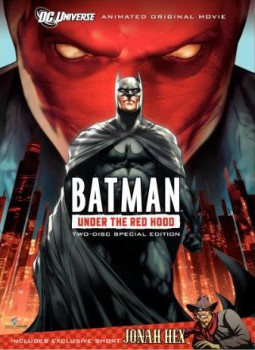 Batman: Under the Red Hood (2010)
Batman: Under the Red Hood (2010)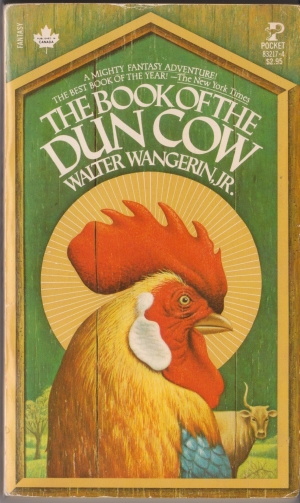 One of the characteristics of a great book is that you can go back to it at different times in your life and get different things out of it. But then sometimes the reverse happens: you read a book before you’re ready. If you’re lucky, though, the book hangs around in the back of your mind, and eventually you pick it up again and find out what you weren’t able to grasp the first time around.
One of the characteristics of a great book is that you can go back to it at different times in your life and get different things out of it. But then sometimes the reverse happens: you read a book before you’re ready. If you’re lucky, though, the book hangs around in the back of your mind, and eventually you pick it up again and find out what you weren’t able to grasp the first time around.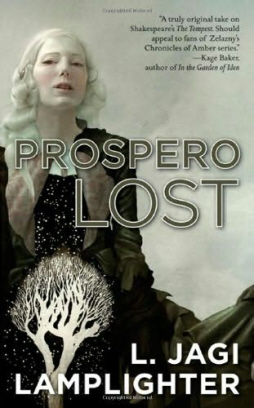
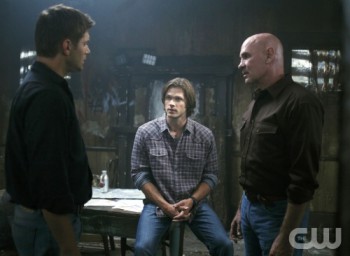
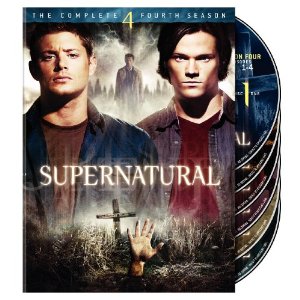
 Swords From the West
Swords From the West